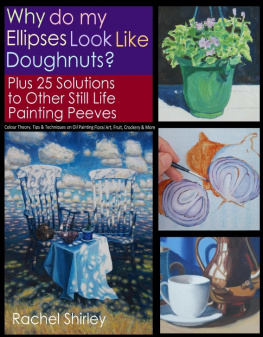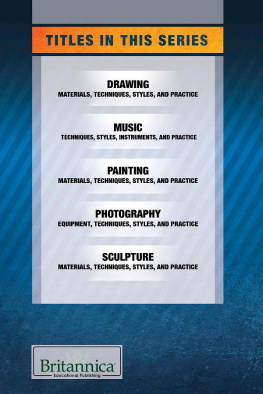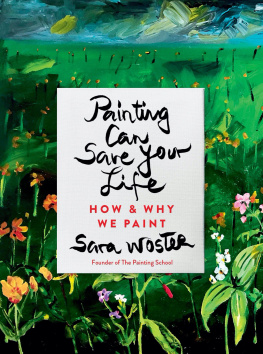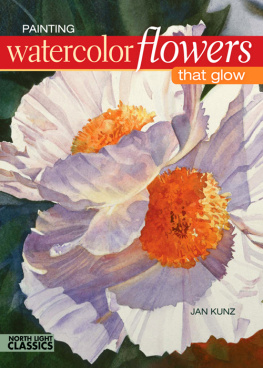Book Sample of Why do My Ellipses Look Like Doughnuts?
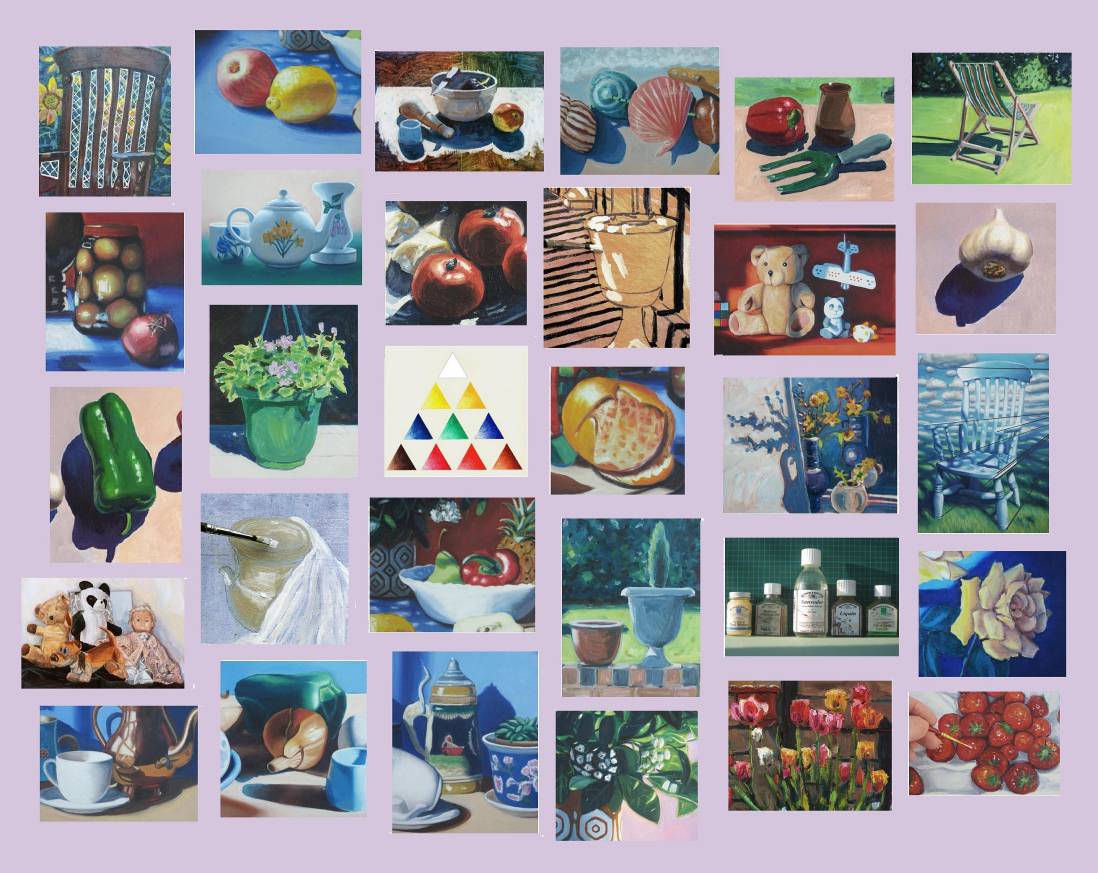
Comprehensive troubleshooting advice onproducing still life art including flowers, fruit and toys. Find abeginners section on painting still life, textures and shadows.Common issues such as ellipses, perspectives and textures aretackled. Including why do my flowers look wishy-washy?, the foodin my still life resemble plastic toys and much more. Includes astep by step demo. 24,000 words, over 120 illustrations.
Note : this ebook is also available in a bundle ebook entitled TheUltimate Oil Painting Solution which combines Why do My Clouds LookLike Cotton Wool? Why do My Skin Tones Look Lifeless? and Why do myEllipses Look Like Doughnuts? at a lower cost per book than if the3 were purchased singly
Oil Painting Medic
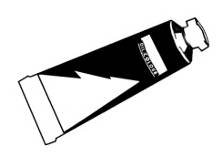
Why do My Ellipses look LikeDoughnuts?
Plus 25 Solutions to Other Still LifePainting Peeves
Colour Theory, Tips and Techniques onOil Painting Floral Art, Fruit, Crockery and More
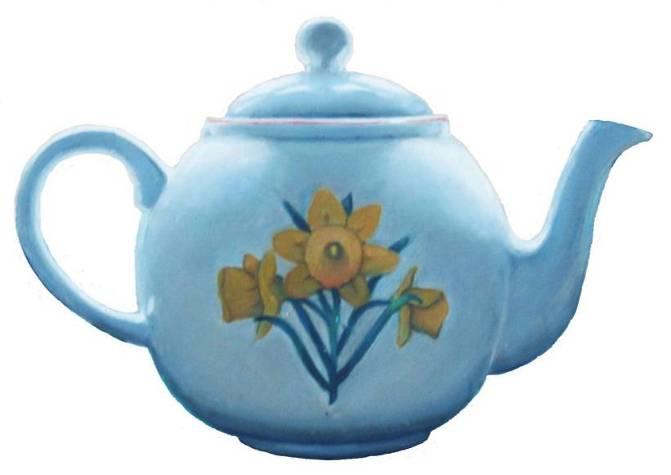
Rachel Shirley
ISBN:9781465930743
First Published in 2012 byRachel Shirley
Text, photographs andillustrations copyright Rachel Shirley 2012 all rightsreserved
The Right of RachelShirley to be identified as the author of this work has beenasserted in accordance with the Copyright Designs and Patents Act1988 Section 77 and 78 Smashwords EditionLicense Note First Published in 2012 byRachel Shirley This ebook is licensed foryour personal enjoyment only. This ebook may not be resold or givenaway to other people. If you would like to share this book withanother person, please purchase an additional copy for eachrecipient. Thank you for respecting the hard work of thisauthor . Text, photographs andillustrations copyright Rachel Shirley2012
To Harriet andJoseph
Contents for Why do My Ellipses Look Like Doughnuts? Plus25 Solutions to Other Still Life Painting Peeves
?
Solutions for Starting Outin Still Life Painting
How can I paint a still life without odours ormess?
I havent the confidence to paint myfirst still life
What art techniques can I use for different textures onobjects?
I have no interesting objects to paint
My still life looks as though a child had paintedit
Solutions for Composing aStill Life
My backgrounds are bland andfeatureless
My still life arrangement lookscontrived
My still life composition seems trite anduninspired
Solutions for ColourMixing
I can never mix the colours I want
How do I darken the colour of tomatoes?
The flowers in my still lifelook wish-washy
How can I paint detail without feelingoverwhelmed?
My study of tones looks like ahotchpotch
Solutions for PaintingStill Life Textures
The porcelain in my still life looks more likeclay
The food in my still life resemble plastictoys
How do I make glass look real in mypainting?
My highlights resemble cut-out bits ofpaper
How do I suggest moisture or pectin onfruit?
Worn objects in my still life look new
Solutions for PaintingStill Life Shapes
Objects in my still life appear flattened and lackform
Why do my ellipses look likedoughnuts?
The spout on my teapot painting looksskewed
My cuboid objects always look wrong
Solutions for Using Lighton Still Life
My still life painting lacks atmosphere
Indoor lighting makes my still life lookdreary
I cant paint quick enough to capture the shiftinglight
Introduction to Why do My EllipsesLook Like Doughnuts?
Producing still life artwork can be avery satisfying experience, as the artist is easily able to paintfrom life without the pressures of the shifting light or inclementweather. Not only that, any object can be selected, shifted aboutor the light source modified at will, meaning the artist hascomplete control over what lies in front.
But challenges are certain to presentthemselves during the journey. Examples might be why ellipses endup looking like doughnuts, why porcelain looks more like clay orwhy fruit looks plastic. Some of these challenges may prove moredifficult than others and unchecked, might cause a creative block.This is where this book comes in. With down to earth advice oncommon practices at fault, each issue is tackled in-depth: adiagnostic of the problem, suggested solutions in the form ofrecommended art materials and remedial paintingexercises.
In total, twenty-six common peevesassociated with still life painting are tackled within this book.In six clear sections, a myriad of other matters relating to stilllife painting are explained, such as specialised paintingtechniques to suggest textures, composing a still life, lighting anarrangement and introductory chapters on the essentials of oilpainting, in total, with over 100 full colour illustrations andtwenty diagrams.
If the problem sought after is not inthis book, it might be in one of my other Oil Painting Medic bookswithin this series due to come out in 2011 and 2012. A list can befound at the back of this book.
Above all, dont give up.

Solutions for Starting outin Still Life Painting
Chapter 1: How Can I Paint a Still Life without Odours orMess?

The idea of producing still life art inoils may give the impression that a separate room, shed or studiowith ambient lighting must be allocated to quarantine all the mess,odours and creative processes from the rest of the house. Further,a storeroom full of wild and exotic objects must also be arequisite for great still life art. The circumstance, from which Iproduced my own still life, could not be further removed from theconditions described.
I have found that with the rightplanning, great still life oils is possible, regardless of theaccommodation or the finances available; it can be practiced in asmall room, a bedroom, corner of a living room or even in thegarden. Simple objects and minimal art equipment is often all thatis required. But where should the artist begin?
Odourless OilPainting

The still life artist is spoilt forchoice when it comes to modern innovations in oil paint, designedto make it easier for painting in any situation. Low odour artistthinners, for example make high odours in a confined space a thingof the past. Sandador, Turpenoid or simply artists spirits, forexample are kinder to the environment, the brushes and theolfactory senses. The artist may alternatively opt forwater-soluble oils, such as Artisan, which can be thinned withwater instead of spirits. Artisan provides a water-mixablecounterpart to all the traditional oil painting materials,including linseed oil and impasto medium. At the end of thesession, the paints need only be cleaned in warm soapywater.
Next page
